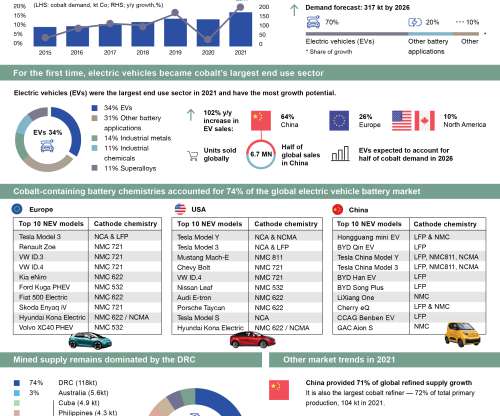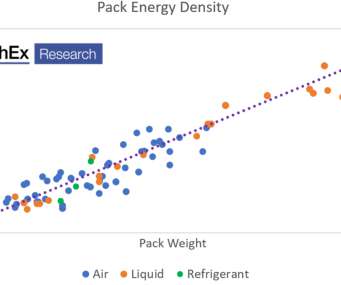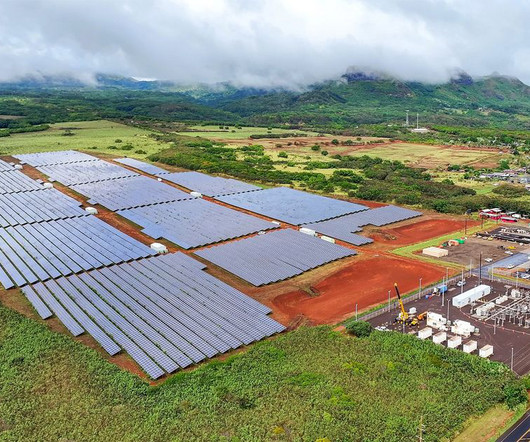Cobalt Market Report: EVs become the major driving force for cobalt demand growth in 2021
Green Car Congress
MAY 18, 2022
The Cobalt Institute’s Cobalt Market Report 2021 , prepared by CRU, confirms the role of cobalt as one the key commodities of the green future, due to the rapid growth of the lithium-ion battery market and a strong global uptake of electric vehicles. Demand rose by 32 kt in 2021 alone compared to 51 kt in the 5 years from 2015-20.












Let's personalize your content